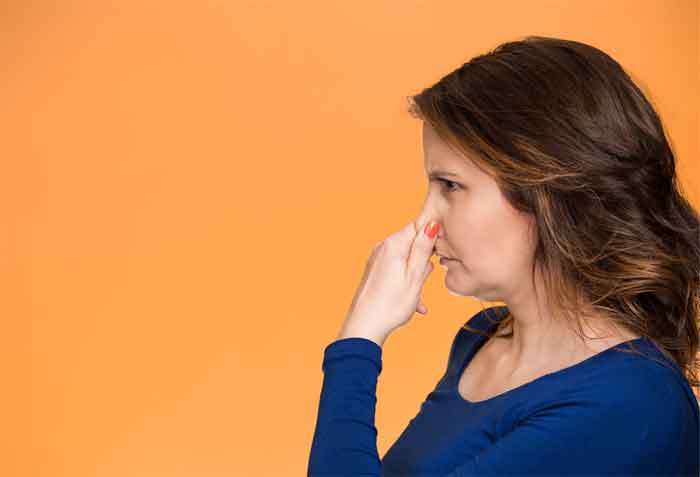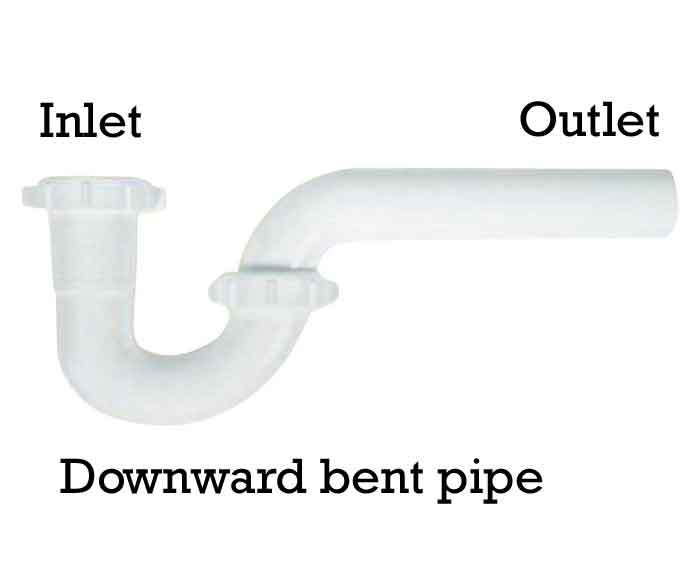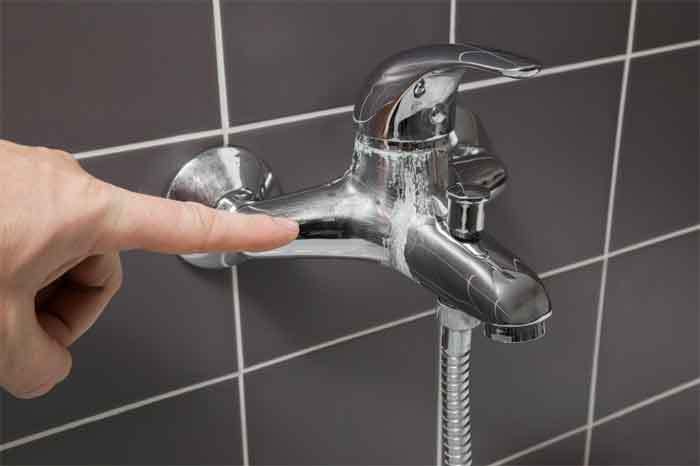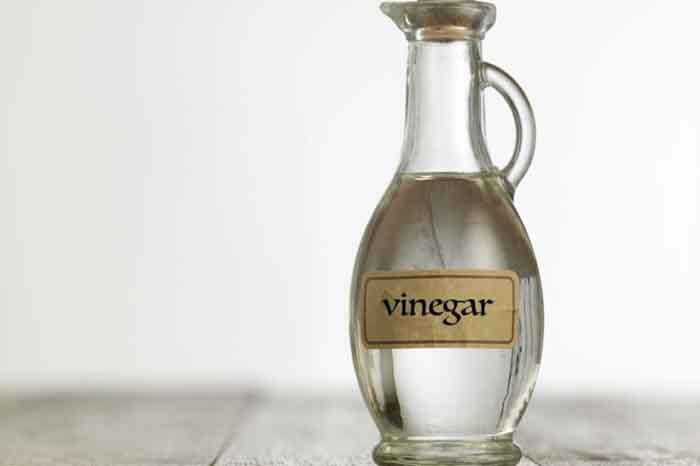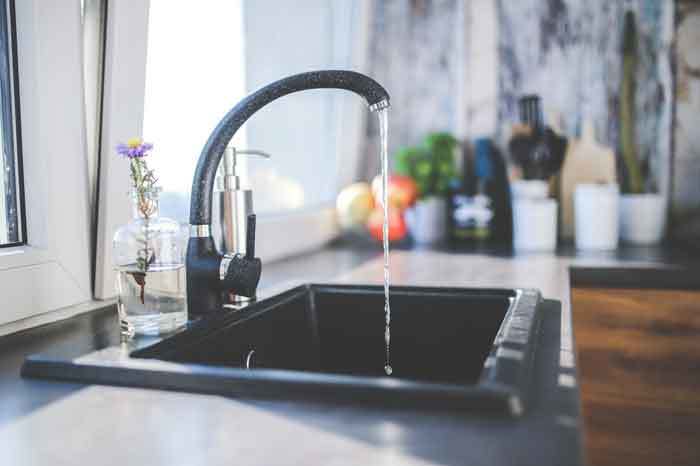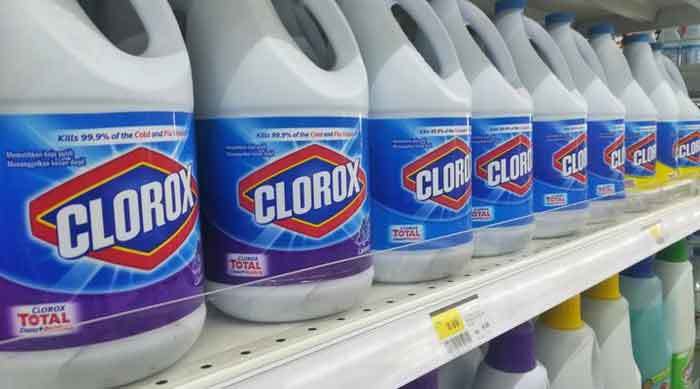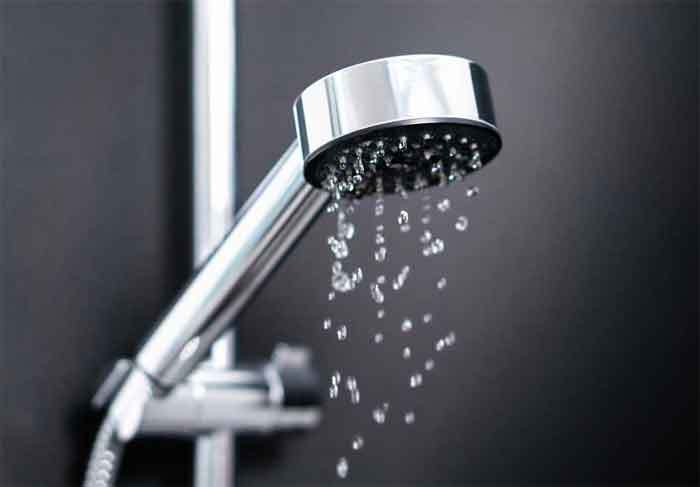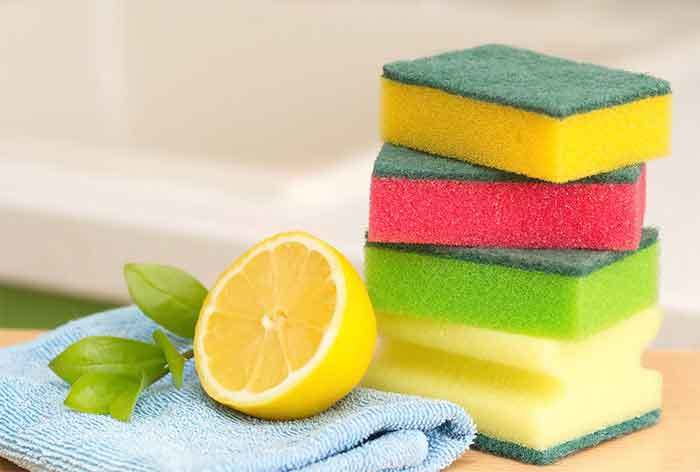What Causes Sewage Smell in the Bathroom (and How to Prevent It)
In the house I grew up in, there were two bathrooms. The second bathroom was built rather late, and it had newer equipment and plumbing system and everything.
But, for some reason, there was a constant sewage odor coming from it.
Still, we were sure it was something wrong with our old bathroom on the first floor since it seemed obvious and logical. It was built in the ’80s; the plumbing system might have been a little outdated, and owing to gravity, all water, gases, and odors would travel down to the first floor.
Oh, how wrong we were. If only we considered other possibilities, I could have gotten rid of my pulsating headaches sooner rather than later.

